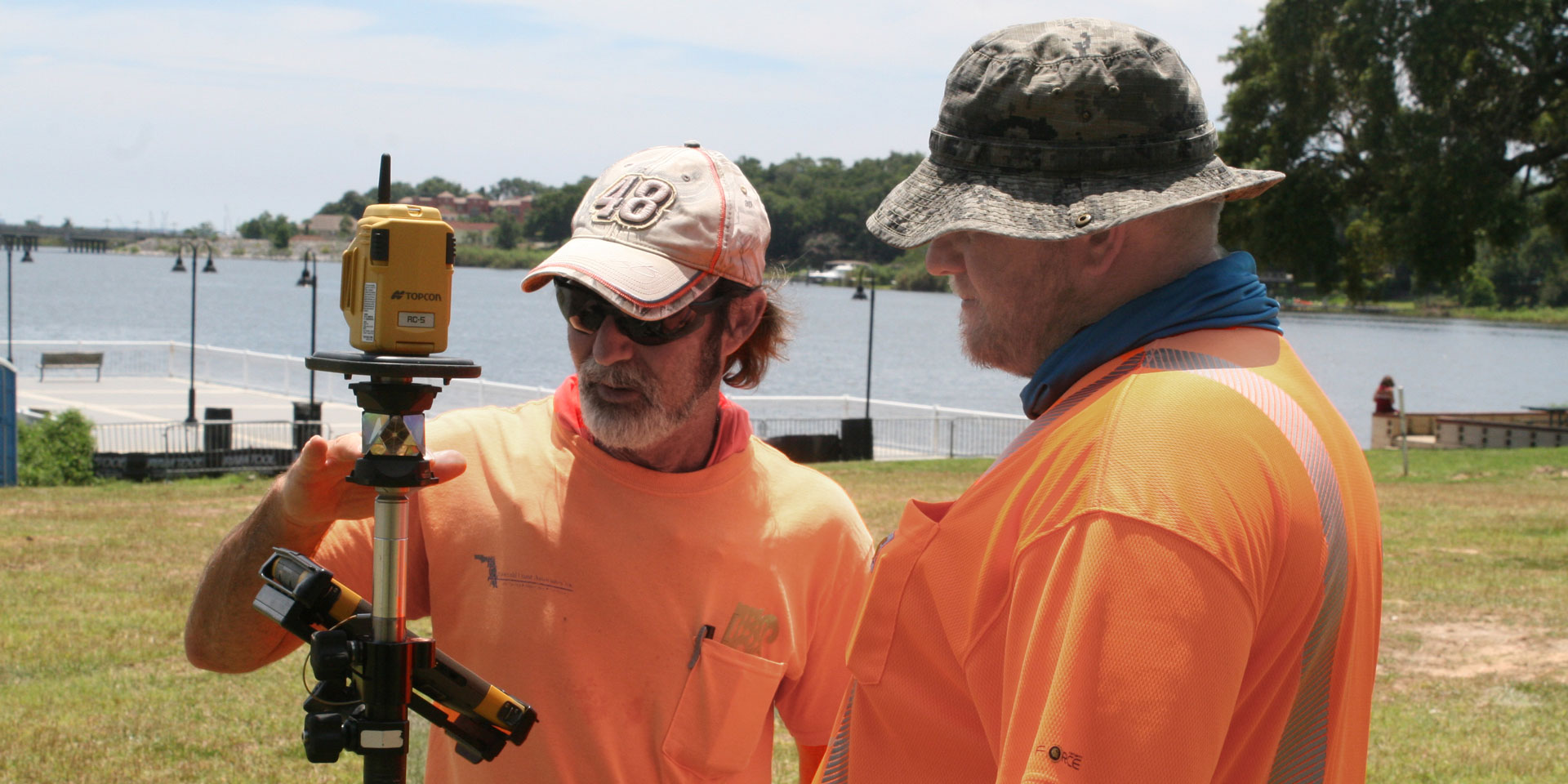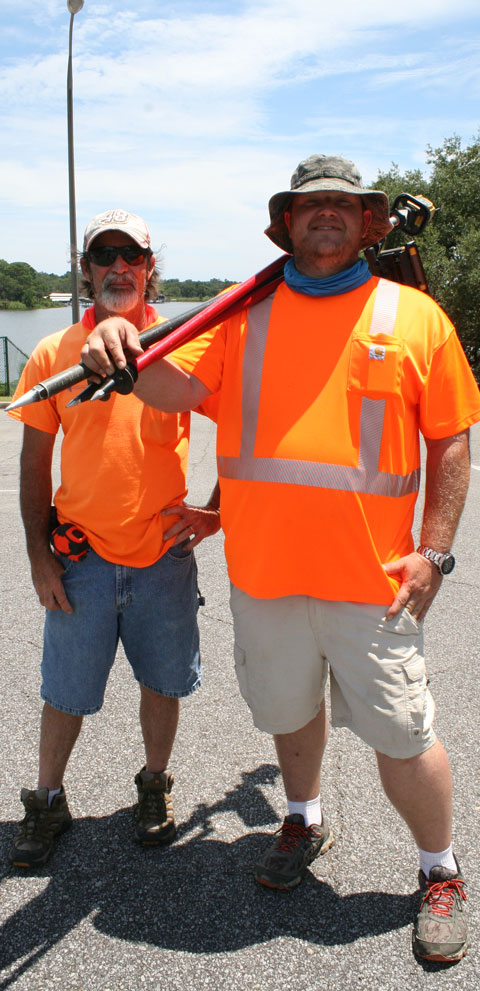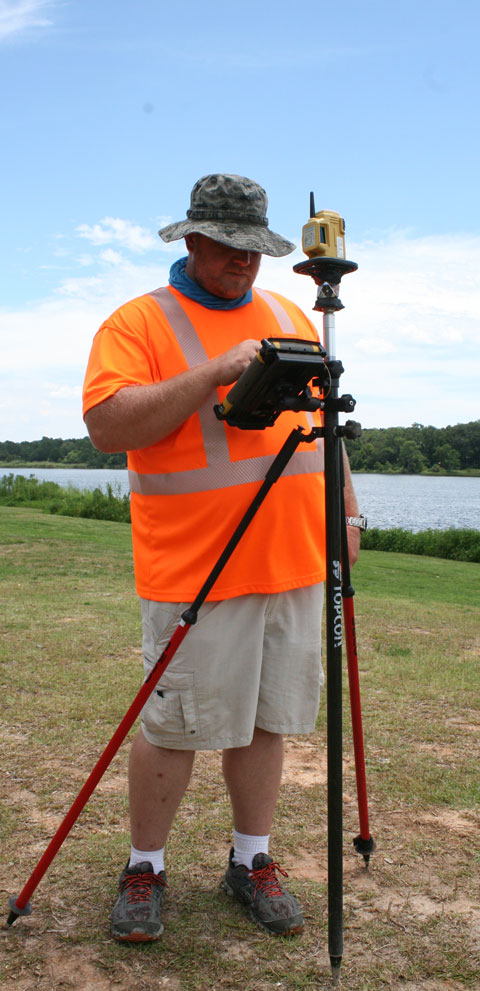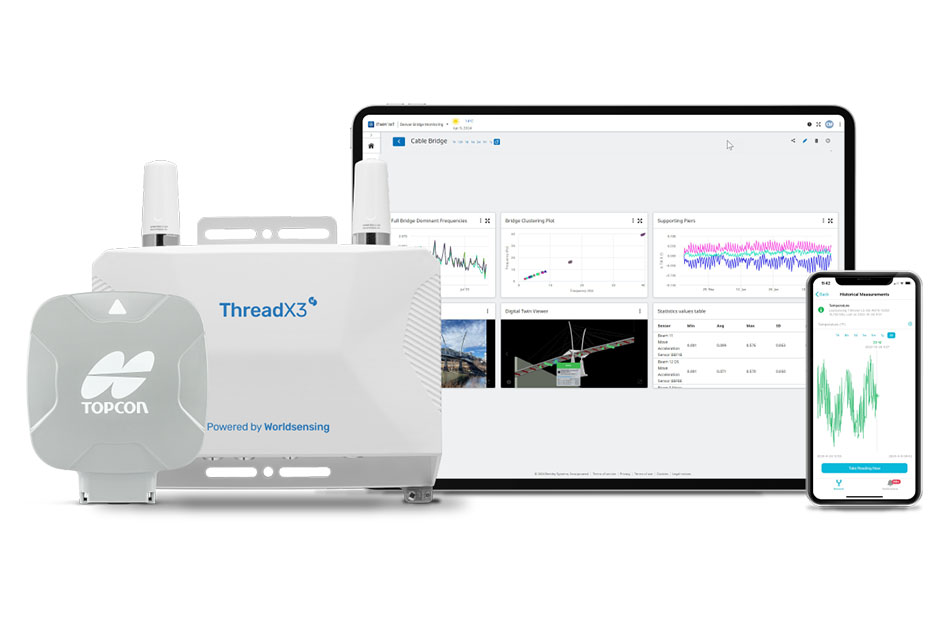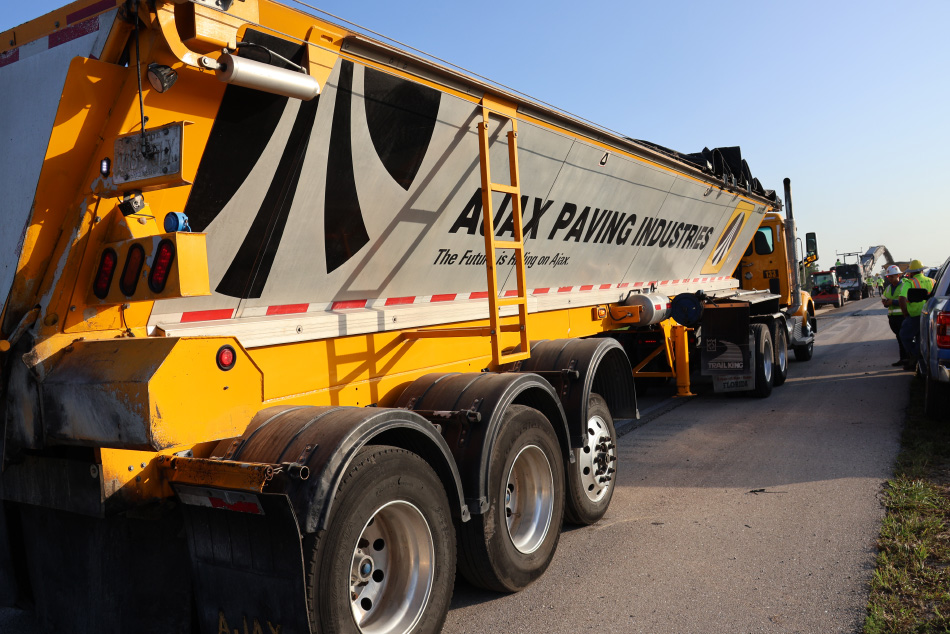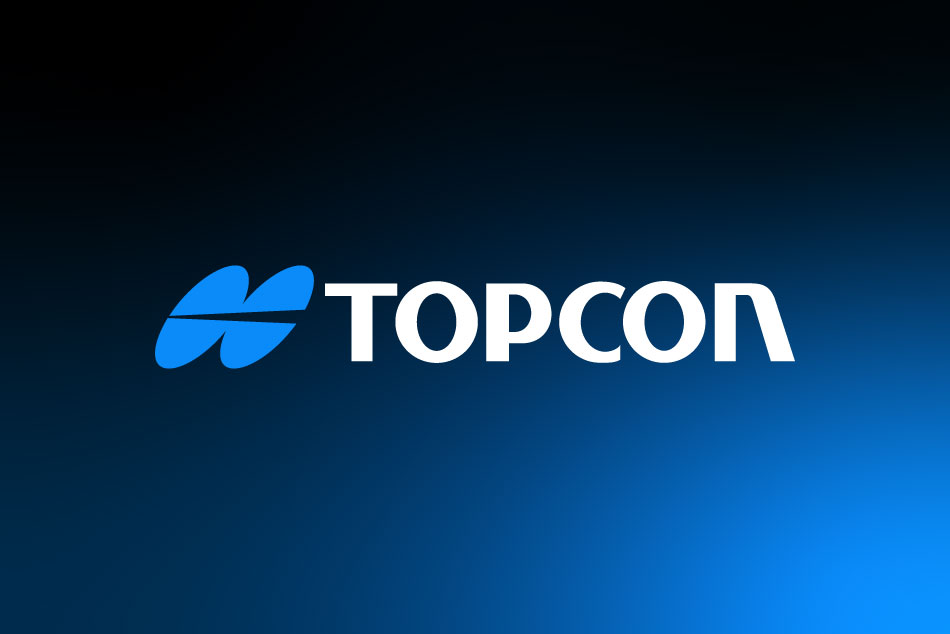“We ran them for about seven or eight years but got to a point where a change was needed,” he said. “They were failing and difficult to get serviced and it was apparent that future support for the software was in question as well. Technology is always a tough call in business — when do you cut your losses, sever ties with the old and ‘ring in the new?’ We felt we were at that point and needed to make some calls.”
Roger That
Actually, the only call Burgis made was to Roger Wheeler, sales associate for the Lengemann Corporation, Florida distributor of Topcon products. ECA already had a solid working relationship established with Lengemann and Wheeler — the result of purchases of total stations — including a Topcon PS-103 — and other survey equipment. Wheeler was quick to recommend Topcon FC-5000 field computers as a replacement for ECA’s aging data collectors. With Burgis’s approval, Wheeler brought one of the units out to Ray Howard in the field and, according to Howard, there was no turning back from that point.
“Roger came out to a jobsite we were working and brought along the FC-5000 running Topcon MAGNET Field software,” he said. “He showed me some of the basics of the unit and asked me to try it. The ease of use, the solid connectivity and the impressive degree of accuracy sold me on the spot. It probably only took half a day for us to learn this system and be productive. Mind you, I had never seen it prior to Roger’s visit, yet I used it that first day and told Daryl that we had to buy these.”
The object of Howard’s attention, the FC-5000, is a rugged tablet-like handheld computer designed to bring to the field many capabilities that were once relegated solely to the office. Offering a 7-inch display for ease of viewing — even in direct sunlight — ECA’s team can easily access or enter data using a finger, glove, or small tip stylus. Even Florida’s heat should be no match for the FC-5000 which is rated for optimum performance in temperatures as high as 122°F (50°C). With the press of a key, ECA crews can change the screen orientation from portrait to landscape for added visibility when viewing maps or drawings. The unit also uses an Intel “Atom“ Z3745 processor, ideal for driving ECA’s Topcon MAGNET Field software and for handling any large design files the firm generates.
It is that MAGNET Field software, in fact, that ECA’s Burgis cites as key to how quickly and completely his crews have embraced the newer technology.
“The MAGNET software that Roger recommended for use with the FC-5000 is almost entirely menu driven and so much more logical in all aspects,” he said. “‘User friendly’ is an overrated term, but in this case it definitely applies. Not only do our seasoned people praise it overwhelmingly, the people who are fairly new to this business seem to pick it up much quicker than with the old system. It’s really raised our game in that area. Once we used it and evaluated the difference in hourly, daily, even weekly productivity, we’re seeing that it more than pays for itself.”











